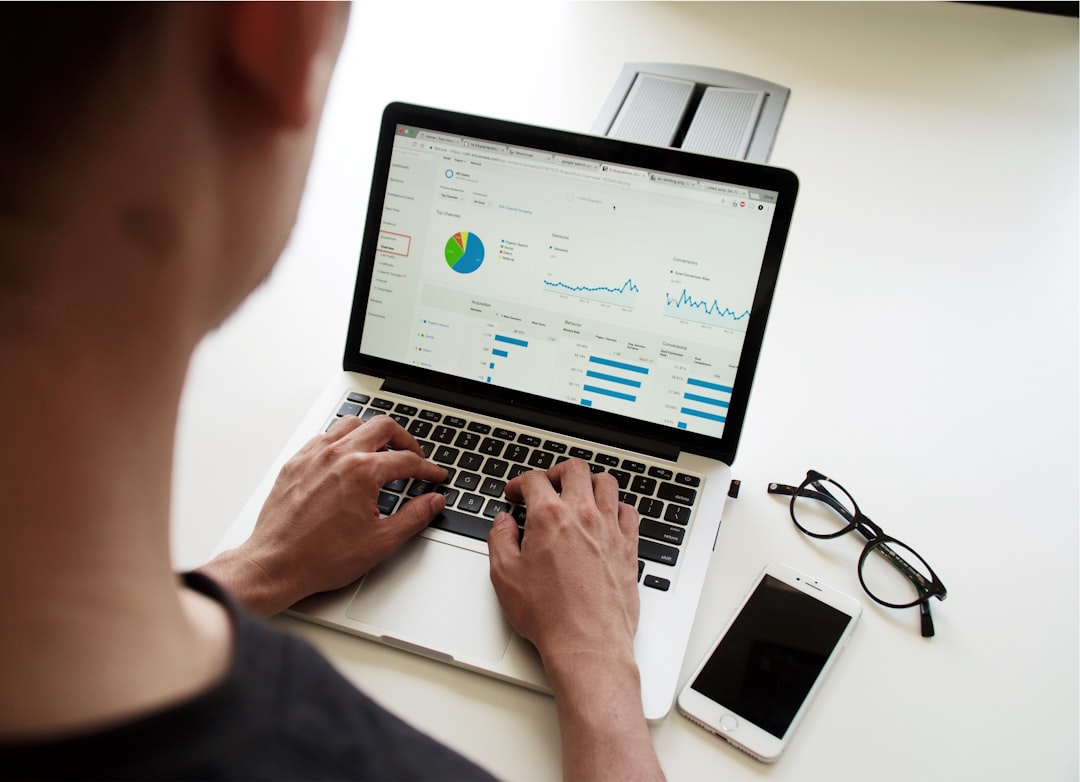
How to Write an Economic Analysis: A Step-by-Step Guide
# Introduction. Writing an economic analysis can be a daunting task, but it is essential for understanding and addressing economic issues. Whether you are a student, a researcher, or a professional in the field, crafting a detailed and coherent economic analysis can help convey your insights effectively. This guide will break down the process into manageable steps, providing tips and resources along the way that will enrich your writing experience. # Understanding the Purpose of Economic Analysis. Before diving into the writing process, it’s crucial to understand what an economic analysis aims to achieve. An economic analysis typically evaluates data, trends, and various economic indicators to help elucidate the factors affecting a particular economic situation or policy. The analysis can serve various purposes, including: - Assessing the impact of government policy changes. - Analyzing market fluctuations and their implications. - Evaluating project feasibility for investors and stakeholders. By clarifying the purpose, you will have a focused approach when crafting your analysis. # Selecting Your Topic and Gathering Data. Choosing a relevant topic is the foundation of any economic analysis. Possible topics might include: - The effects of a specific policy on employment rates. - A comparative analysis of inflation trends across different countries. - The influence of technological advances on economic growth. Once you’ve settled on a topic, the next step is data collection. Utilize reputable sources such as academic journals, government reports, and statistical databases to gather quantitative and qualitative data. Remember to take notes and organize the data systematically for easy reference during your writing. # Structuring Your Analysis. A well-structured analysis helps convey your argument clearly and logically. A typical economic analysis often includes the following sections: 1. **Introduction:** Introduce your topic, objectives, and the significance of the analysis. 2. **Literature Review:** Summarize relevant existing research to provide context. 3. **Methodology:** Detail the methods used for your analysis, including data collection and analytical tools. 4. **Results:** Present the findings of your analysis, using charts and graphs where applicable. 5. **Discussion:** Interpret the results, explaining their meaning and implications. 6. **Conclusion:** Summarize your findings and offer recommendations or identify areas for future research. By adhering to this structure, you will maintain clarity in your writing that guides your reader through your analysis. # Crafting Your Argument and Supporting Evidence. Writing an economic analysis also involves developing a coherent argument supported by evidence. Each claim made in your analysis should be backed by relevant data. Be cautious to: - Use statistics judiciously; avoid overwhelming your audience with numbers. - Cite sources appropriately to bolster your credibility. - Address counterarguments where necessary to present a well-rounded analysis. Make sure that every section flows logically into the next, reinforcing your overall thesis throughout. # Reviewing and Revising Your Work. After completing the first draft of your economic analysis, it’s time to review and revise. Focus on: - Coherence and clarity: Ensure that your ideas are articulated clearly. - Grammar and punctuation: Typos can detract from your credibility, so proofread carefully. - Feedback: Don’t hesitate to seek feedback from peers or mentors, as they can offer valuable insights. Consider how well your conclusion supports your introduction and whether your findings comprehensively address the objectives you laid out. # Conclusion. Writing an economic analysis is a multifaceted endeavor that involves careful planning, extensive research, structured writing, and thorough revision. By following the steps outlined in this guide, you can enhance not only your analytical skills but also your ability to communicate complex economic concepts effectively. As you gain experience, remember that practice is essential; the more you write, the better you will become. .








